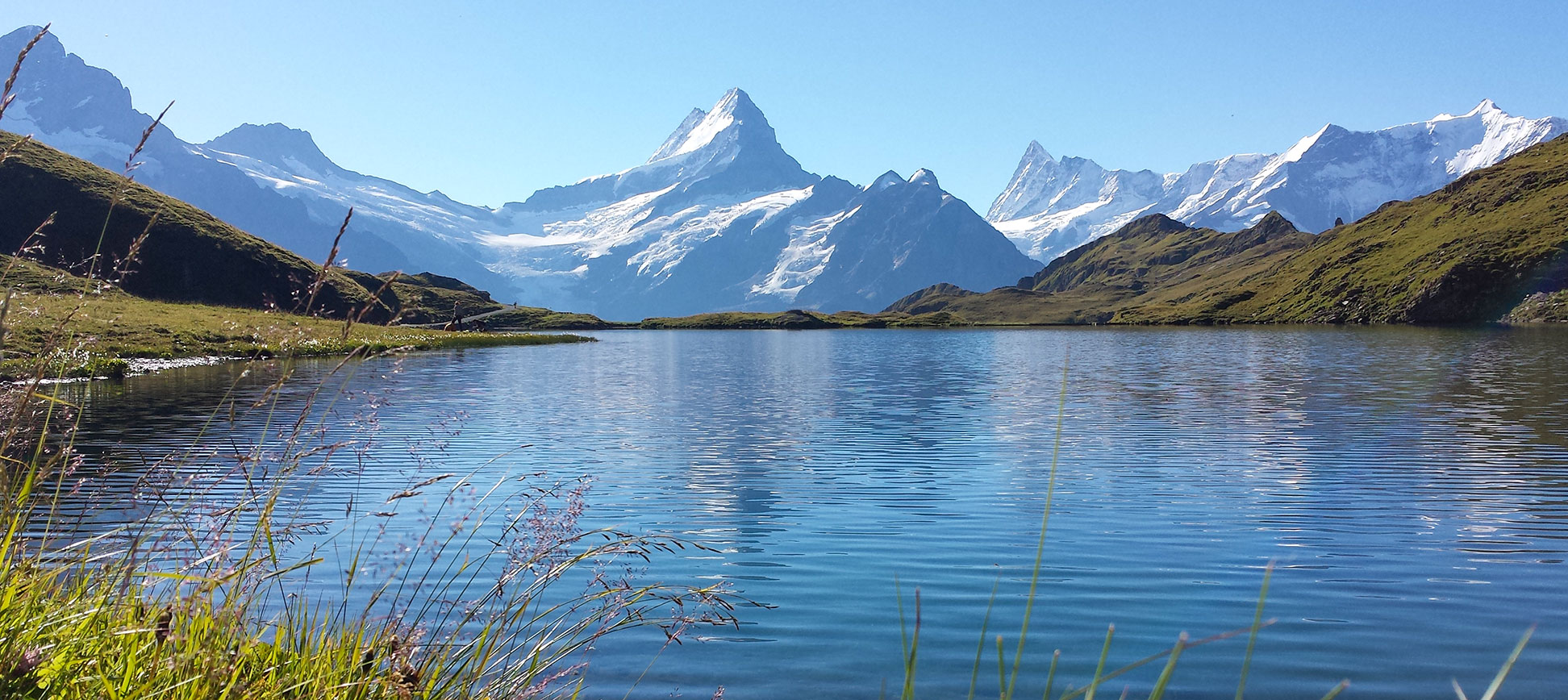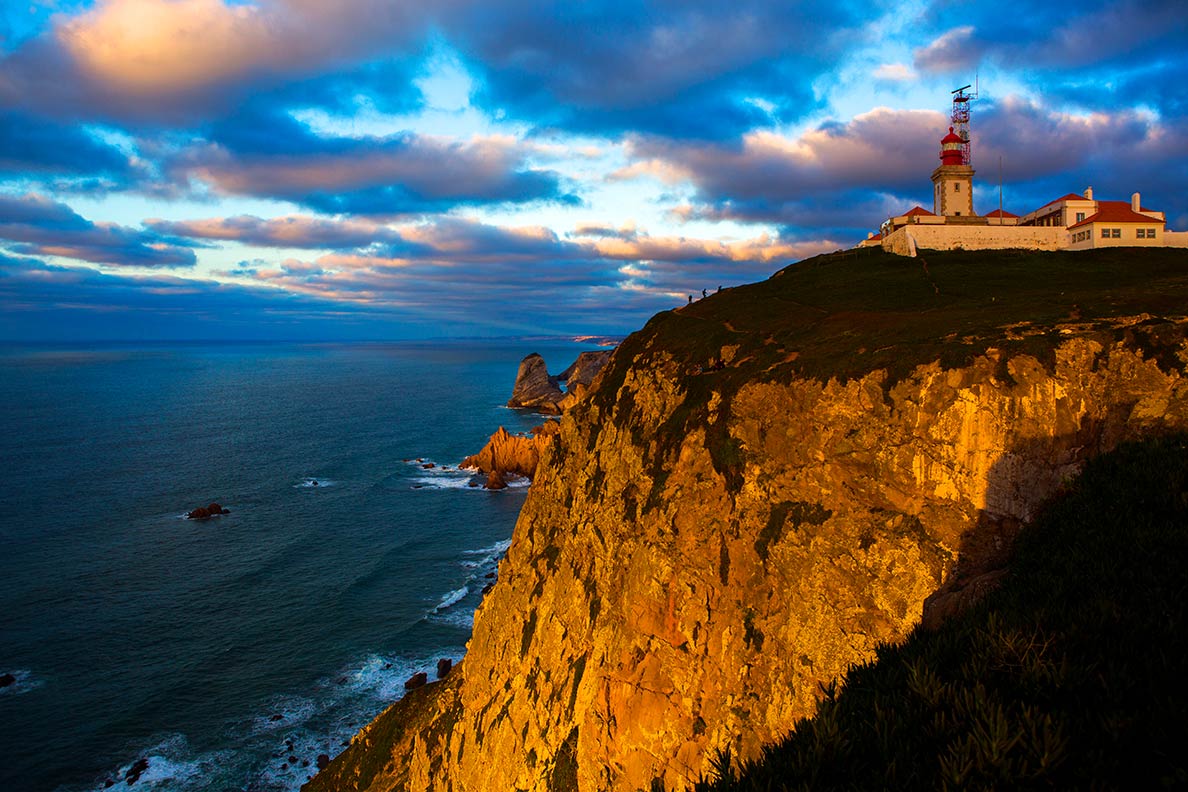There are by now (2021)
28 27 member states in the European Union.
Members of the EU are (with national name in parentheses)
Austria (Österreich),
Belgium (België (Dutch), Belgique (French), Belgien (German)),
Denmark (Danmark),
Finland (Suomi),
France,
Germany (Deutschland),
Greece (
Ελλάδα),
Ireland (Éire),
Italy (Italia),
Luxembourg (Luxembourg (French) Luxemburg (German) Lëtzebuerg (Luxembourgish)),
Netherlands (Nederland),
Portugal,
Spain (España),
Sweden (Sverige).
The
United Kingdom left the European Union at the end of 31 January 2020 CET (11 p.m. GMT. For some time the UK was on extended leave; on 29 March 2017 the UK formally notified the European Council of its intention to leave the EU by triggering of Article 50 of the Lisbon Treaty. Until January 31, 2020, the United Kingdom remained a full member of the EU and the rights and obligations of the United Kingdom applied in full until then.)
[1]
New Member States of the European Union:
Czech Republic (Česká republika),
Estonia (Eesti),
Hungary (Magyarország),
Latvia (Latvija),
Lithuania (Lietuva),
Malta,
Poland (Polska),
Slovakia (Slovensko),
Slovenia (Slovenija), and a divided
Cyprus became union members in May 2004. (Despite joining the EU as a de facto divided island, the whole of Cyprus is EU territory.)
[2]
Bulgaria (България) and
Romania (România) became union members in January 2007.
Croatia (Hrvatska) became the then 28th member of the European Union in 2013. Since 1 January 2023, the euro (€) is the official currency of Croatia.
EU candidate countries:
Albania, North Macedonia, Montenegro, Serbia, and Turkey (Türkiye) are candidate countries.
Albania, Bosnia and Herzegovina and Kosovo are potential candidates. [EU]
Albania applied for European Union membership in 2009; it received the candidate status in June 2014.
The
Republic of North Macedonia was declared a candidate country in December 2005.
Montenegro applied for EU membership in December 2008. The candidate status was granted on 17 December 2010.
Serbia officially applied for European Union membership in 2009; the European Commission recommended to make it an official candidate in October 2011.
Turkey (Türkiye) was declared a candidate country in December 1999.
Possible new EU country candidates
Since June 2022 two countries are possible new EU candidates:
Ukraine and
Moldova.
The EU-Ukraine Association Agreement (AA) including a Deep and Comprehensive Free Trade Area (DCFTA) signed in 2014 made
Ukraine a priority partner for the EU.
[EU]
Since 24 February 2022, Russia has been pursuing an unprovoked aggression against Ukraine. It is having devastating consequences for Ukraine, its people, and its neighbours. The
Republic of Moldova has been particularly affected.
During these times of heightened vulnerability, the EU stands firmly with Moldova, an associated country with the EU and key partner in the Eastern Partnership.
[EU]
Other European countries
Belarus
The course and consequences of the 2020 presidential elections in Belarus have jeopardized the progress made in bilateral relations in recent years. The overall situation of human rights, democracy and the rule of law in Belarus deteriorated significantly in the run-up to, during and after the presidential elections of August 9, 2020.
[EU]
Iceland
Even though Iceland is already heavily integrated into the EU market, the island nation applied to join the EU in 2009. In 2013 Iceland's government paused negotiations with the European Union due to disagreements in matters of fishing fees and tax cuts.
Monaco
Relations between Monaco and the European Union (EU) are primarily conducted through France.
Norway
Norway is not a member state of the European Union but is closely associated with the Union through its membership in the European Economic Area (EEA). The EEA comprises the member states of the European Union, except Croatia, plus Iceland, Liechtenstein, and Norway.
Kosovo, the former autonomous province of Serbia, unilaterally declared independence in February 2008.




